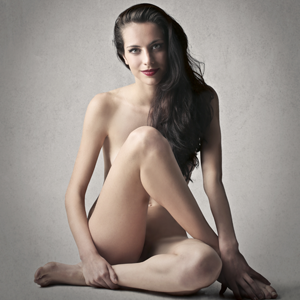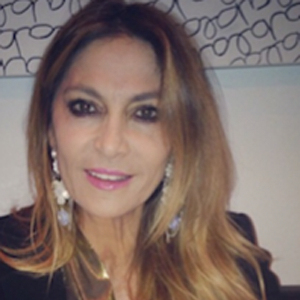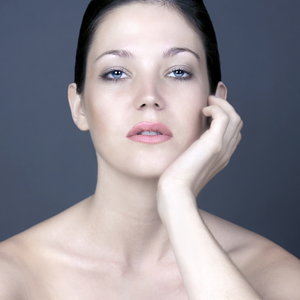By Doctor Nadine Baron
Take the hormonal upheavals of pregnancy, throw in excessive and rapid weight gain, and there they are, ladies! Stretch marks make an unwanted appearance on different areas of your body, but mainly the abdomen.
Photobiology or photomodulation using LEDs
All living cells are constantly emitting and receiving light, including the skin’s cells. When they make contact with the light emitted by the LED lamp, these cells start to “resonate”. The agitation caused by the absorption of this light energy brings about chemical and physical changes which stimulate cell activity (collagen and elastin synthesis). This is what we call photomodulation.
How does it work?
The penetration of the light rays, emitted by the LED lamp into the different layers of the skin, depends of their wavelength, i.e. their colour. There are four colours: red, blue, yellow and green. Depending on the colour chosen and its intensity, the light penetrates the skin and stimulates the collagen and elastin fibre synthesis activity within the cells.
The effects depend on the colour chosen and therefore the wavelength used:
– Red light: red is the visible colour that penetrates deepest into the skin. It stimulates the skin’s fibroblasts and thus increases the production of collagen and elastin, which are responsible for the skin’s firmness. Red light is used to help mesotherapy products to penetrate better by increasing the blood micro-circulation.
– Blue light: attacks bacteria.
– Yellow light: alleviates redness. It improves blood and lymphatic flow and therefore has a draining effect.
– Green light: improves the complexion’s radiance.
Using LED treatments combined with a trichloroacetic acid peel, we can reduce stretch marks until they are erased entirely.
Your cosmetic doctor will examine you and the condition of your skin, your stretch marks, their colour, number, etc. and will diagnose either recent or established stretch marks.
With your consent, they will draw up a treatment plan and will inform you of the technique to be used. They will also give you a document, an informed consent form which is compulsory for all cosmetic medicine procedures, which you should read carefully at home. You will have 15 days in which to ask any questions you might have to help you to understand the procedure.
A second appointment will be made, which is when you begin treatment.
Your cosmetic doctor will begin treatment with a peel. Personally, in my procedures I use Cosmo-peel (18% TCA) from Dermaceutic.
This session is followed by photomodulation using LEDs.
Treating the skin using LEDs (or light emitting diodes) enables us to rejuvenate and repair the dermal tissues and thus improve the appearance of stretch marks. The light acts directly upon the cells by stimulating their synthesis activity. As a result, it brings about physical and chemical changes. The cell will synthesise more collagen and elastin and the tissues will thus be repaired.
In order to improve the appearance of stretch marks, first we use red light, which deeply penetrates the tissue. We then use orange, yellow and sometimes green light. Infrared radiation, which is close to red but invisible, also penetrates very deeply into the skin and intensifies the effects of the other colours. The duration of the LED sessions can vary according to the type of machine, but usually last between 15 and 45 minutes.
The results of LED treatments are visible right after the first session. The total number of sessions required can be between 5 and 10, depending on the age of the stretch marks and the condition of the skin. One session every fortnight is a good pattern.
Tested on numerous people, this method is proven to be effective and risk-free. Given that it is a technique that renews the skin from the inside, the skin recovers its elasticity and firmness.
Finally, contrary to surgery, this technique leaves no scarring or after-effects.
Specialist in General Medicine. Degree in Sports Medicine and Biology (Toulouse), Legal Compensation for Bodily Damage, Insurance Rights and Medical Accidents. She also has a diploma in Morphological and Anti-Aging Medicine, Mesotherapy, Nutrition, Diabetology, Homeopathy and Acupuncture.
















